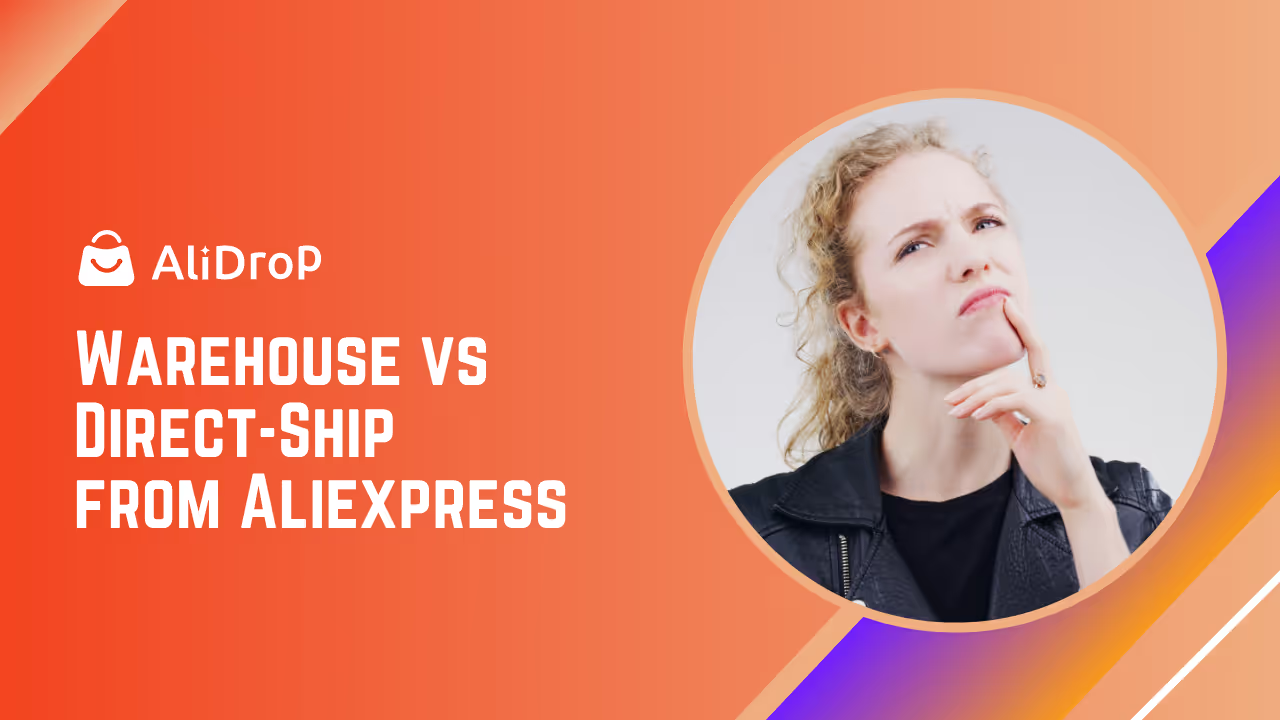We are not going to walk you through some crazy big tutorials on how to use chatbots, email flows, and AI e-commerce automation. But we will tell you how email flows work, give a few examples, and show you some of the best practices you can follow to make the best use of these AI customer support e-commerce tools.
It's not like one-time email campaigns and some of these flows can follow up and guide your prospects through the entire journey. They keep engagement blowing up, deliver the right messages at the right moments, and even re-engage your previous contacts. So, let's get down to it. We'll also cover some of the best AI customer support chatbots to use and some dropshipping support automation solutions. You'll be saving hours weekly, no time.
Top AI Customer Support E-Commerce Chatbots in 2025
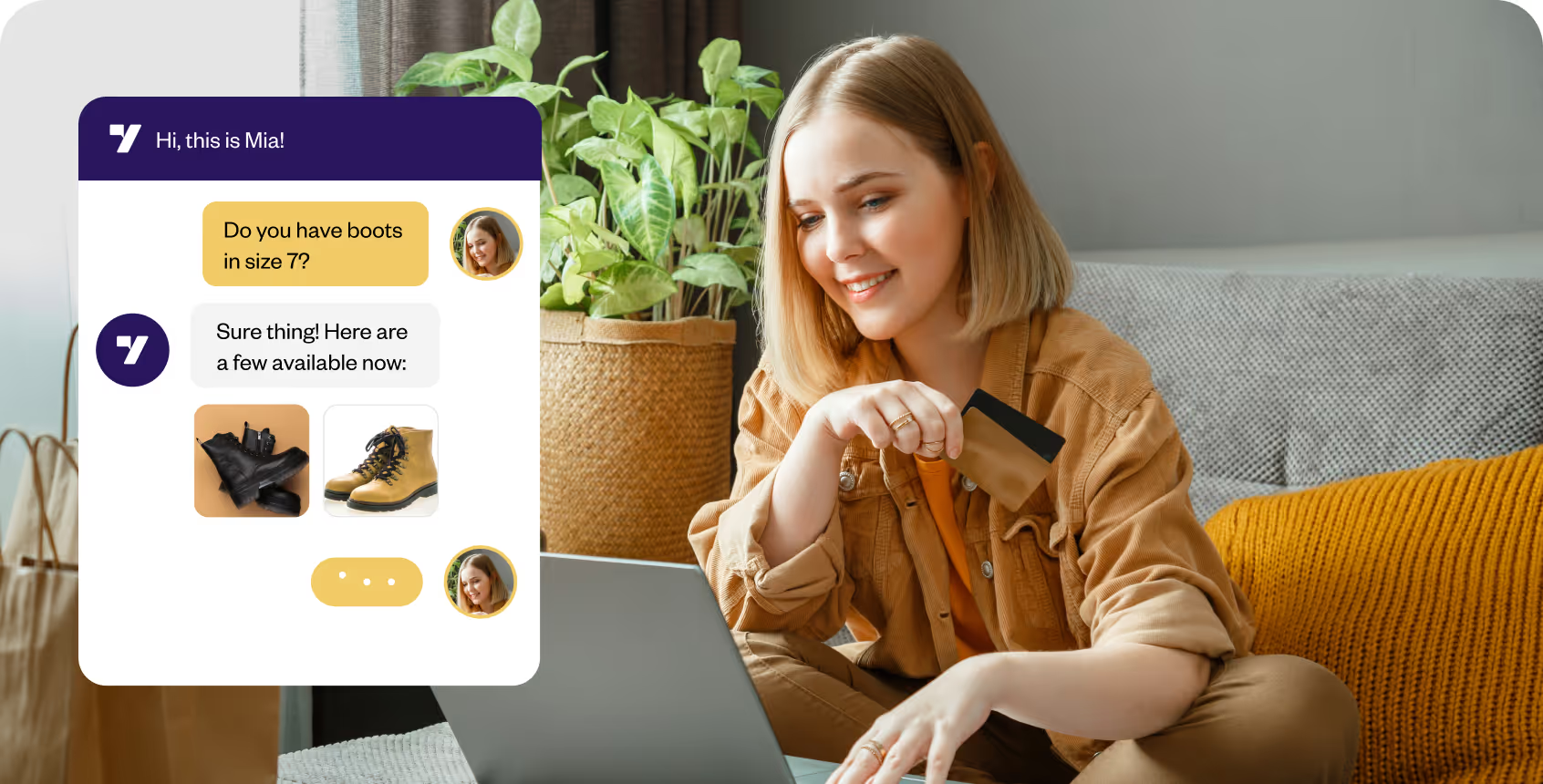
Here are the top AI customer support e-commerce chatbots in 2025:
Fin
Fin is an upcoming AI agent that's built for enterprise scale. It can improve your customer experience at every touchpoint, and it is backed by 6,000 plus AI deployments. It can handle complex and time-consuming queries, verify customer identities, update accounts, and resolve technical issues. You get precision, control and even custom workflows for managing subscriptions, chargebacks and verifying financial information. Fin is great for e-commerce, gaming and SaaS industries. There's no need to route things manually, and you can check out its API to see how exactly it fits in.
You can also use Finn across personal conversations to see how it responds, acts and where you can improve. You'll get full visibility and you can use Fin's code, prompts, and workflows for advanced support processes and for navigating complex systems in your business.
Tidio
Tidio gives you live chat and AI chatbots that answer customer questions 24/7. You can set up automated responses for common questions like "Where's my order?" or "What's your return policy?" so customers get instant answers without waiting for you to reply. The chatbot handles simple inquiries, and you can jump in for complex issues that need a human touch.
The platform integrates with Shopify, so you can track orders and customer history right from the chat window. Tidio also sends abandoned cart messages through the chatbot, which converts better than email alone. If someone's browsing your site but hasn't checked out, the bot can offer a discount or free shipping to close the sale. You'll save hours on repetitive customer service and boost conversions at the same time.
Gorgias
Gorgias centralizes all your customer messages from email, live chat, social media, and SMS into one dashboard. You can see a customer's full order history, tracking info, and past conversations in one view, so you don't waste time switching between platforms. It also automates repetitive tasks like sending tracking numbers, processing refunds, and updating order statuses.
You can create macros for common responses and apply them with one click. If someone asks "Can I change my shipping address?" you hit a button and the macro auto-fills the response with the right format and next steps. Gorgias also has performance metrics that show response times, ticket volume, and customer satisfaction scores, so you know exactly where your support team stands.
Best Email Marketing Workflows You Can Start Using Right Now
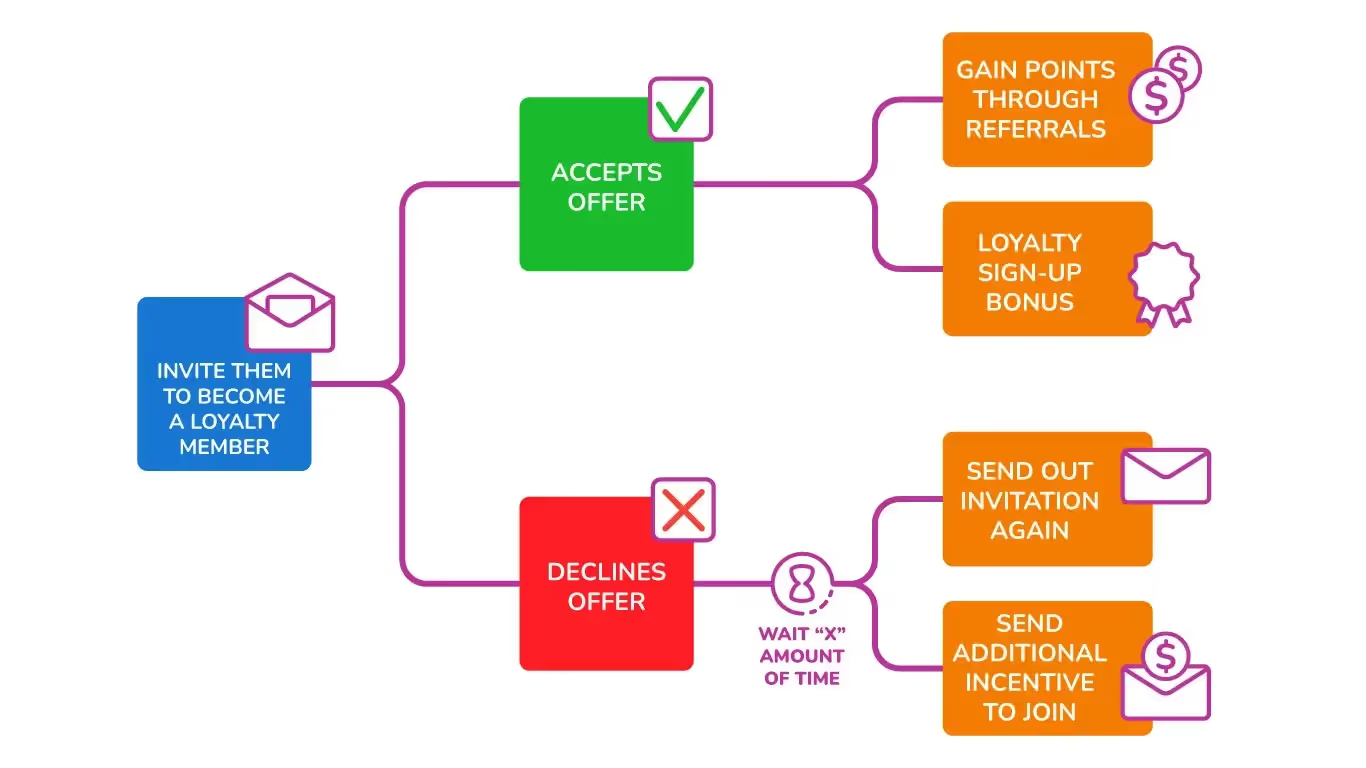
Email workflows are not rocket science, but they work if you set them up right. They run on autopilot once you build them, and they keep customers engaged without you sending manual emails every day. You can trigger these based on what customers do on your site, like browsing a product, abandoning a cart, or making a purchase. The right workflow sends the right message at the right time, and that's what converts.
If you want to save hours weekly and still keep your engagement high, these six workflows are where you start. They're proven to work across e-commerce stores, and dropshippers are using them to recover lost sales, retain customers, and increase order values. Here's what you need to run right now:
Welcome series
This kicks in when someone subscribes to your email list. Send the first email immediately to introduce your brand and what you sell. Follow up three days later with your best-selling products or a discount code to get them to make their first purchase. If they still haven't bought after a week, send a reminder with customer reviews or testimonials to build trust.
Abandoned cart recovery
Trigger this when someone adds items to their cart but leaves without buying. Send the first email within one hour as a gentle reminder with cart contents. Follow up 24 hours later with a discount or free shipping offer to push them over the edge. Send a final email after 48 hours with urgency language like "items selling fast" or "discount expires soon."
Post-purchase flow
Start this immediately after a customer buys. Send an order confirmation email with tracking details and estimated delivery. Three days after delivery, ask for a product review or feedback. A week later, recommend related products or accessories based on what they bought to cross-sell and upsell.
Browse abandonment
This triggers when someone views a product but doesn't add it to their cart. Wait 24 hours, then send an email featuring the exact product they looked at with social proof like reviews or "bestseller" tags. Include a discount or limited-time offer if they're hesitant about the price.
Win-back campaigns
Target customers who haven't bought in 60-90 days. Send a re-engagement email with a subject line like "We miss you" or "Here's 15% off to come back." Show them new arrivals or bestsellers they might have missed. If they don't respond after two emails, send a final "last chance" offer before removing them from your active list.
Replenishment reminders
Use this for consumable products like beauty items, supplements, or pet supplies. Calculate the average time between purchases (like 30 days for skincare) and trigger an email reminder a few days before they're likely to run out. Include a quick reorder button and a discount for subscribing to auto-delivery.
Get the Best Support Automation for Your Dropshipping Business
Here are some of the best support automation solutions for your dropshipping business:
Alidrop
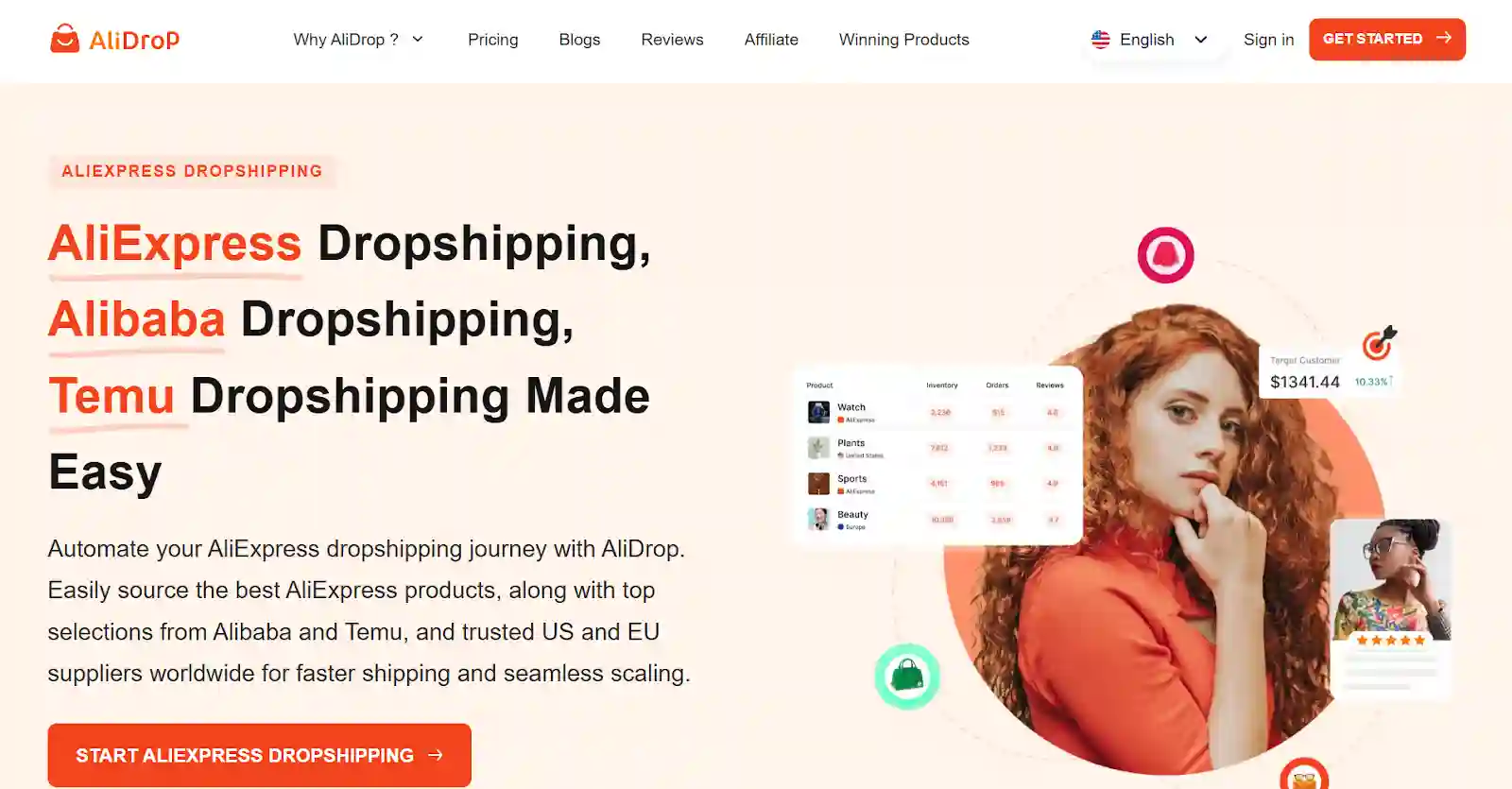
Alidrop handles everything from product imports to order fulfillment. You can source trending products from AliExpress, Alibaba, and Temu, then add them to your Shopify store with one click. Orders sync automatically to suppliers, so customers get their products shipped directly without you managing inventory or packing boxes.
You also get custom branding options, which means you can add your logo and packaging inserts to shipments. Most dropshipping platforms skip this, but Alidrop lets you build a real brand instead of looking like a generic reseller. The platform syncs inventory in real time, so you won't oversell products that are out of stock. If you're running multiple stores or selling on Amazon and eBay too, Alidrop integrates with all of them to keep order management in one place.
Spocket
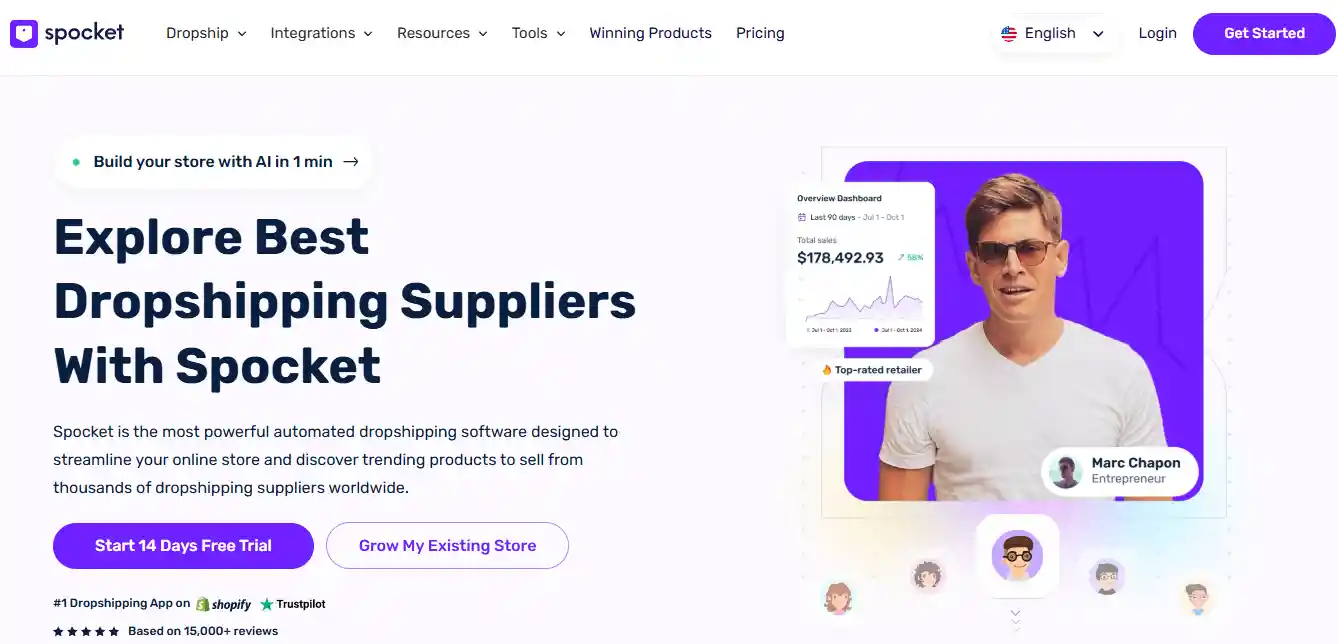
Spocket is also great for complete dropshipping support automation. It offers 24/7 VIP chat support, branded invoicing, and more than 100M+ trending dropshipping products. Their product catalog is huge and you can get access to 20M+ winning products too. Spocket ties you up with the best US and EU dropshipping suppliers globally. You can integrate it with Wix, WooCommerce, Amazon, and so many other major e-commerce platforms.
Spocket also comes with a handy profit margin calculator that you can use. It also offers other support tools like Dropgenius and Logome which you can use to set up a store and start adding logos to products. If you need to write product descriptions that improve SEO rankings, use Smartli along with it. Spocket Academy has plenty of resources online on how to succeed with dropshipping support automation. We recommend you check that out as well.
Klaviyo
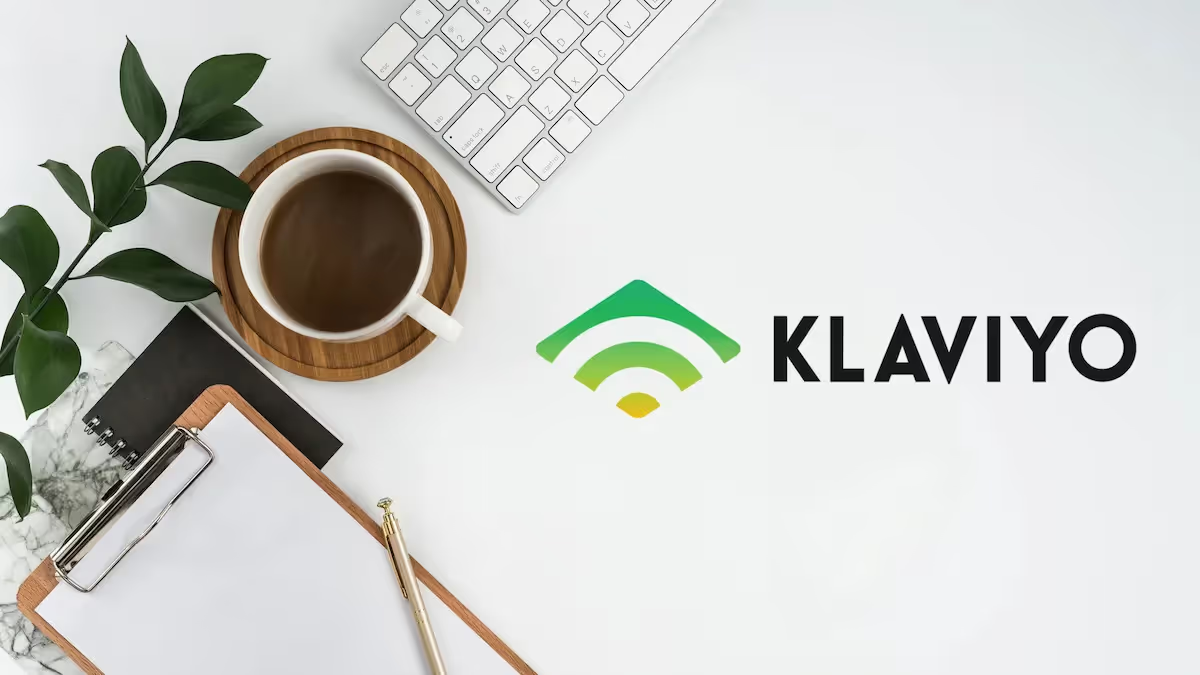
Klaviyo automates email and SMS campaigns based on customer behavior, purchase history, and browsing patterns. You can build workflows for abandoned carts, post-purchase follow-ups, win-back campaigns, and product recommendations without manual work. The platform pulls data from your Shopify store to send personalized messages with product images, prices, and direct links to checkout.
You also get predictive analytics that estimate when customers are likely to buy again or churn. Klaviyo uses this data to trigger timely campaigns that re-engage customers before they leave. SMS marketing works alongside email, so you can send order updates, shipping notifications, and exclusive offers via text for higher open rates. If you want to automate retention and repeat purchases, Klaviyo handles it.
Zendesk
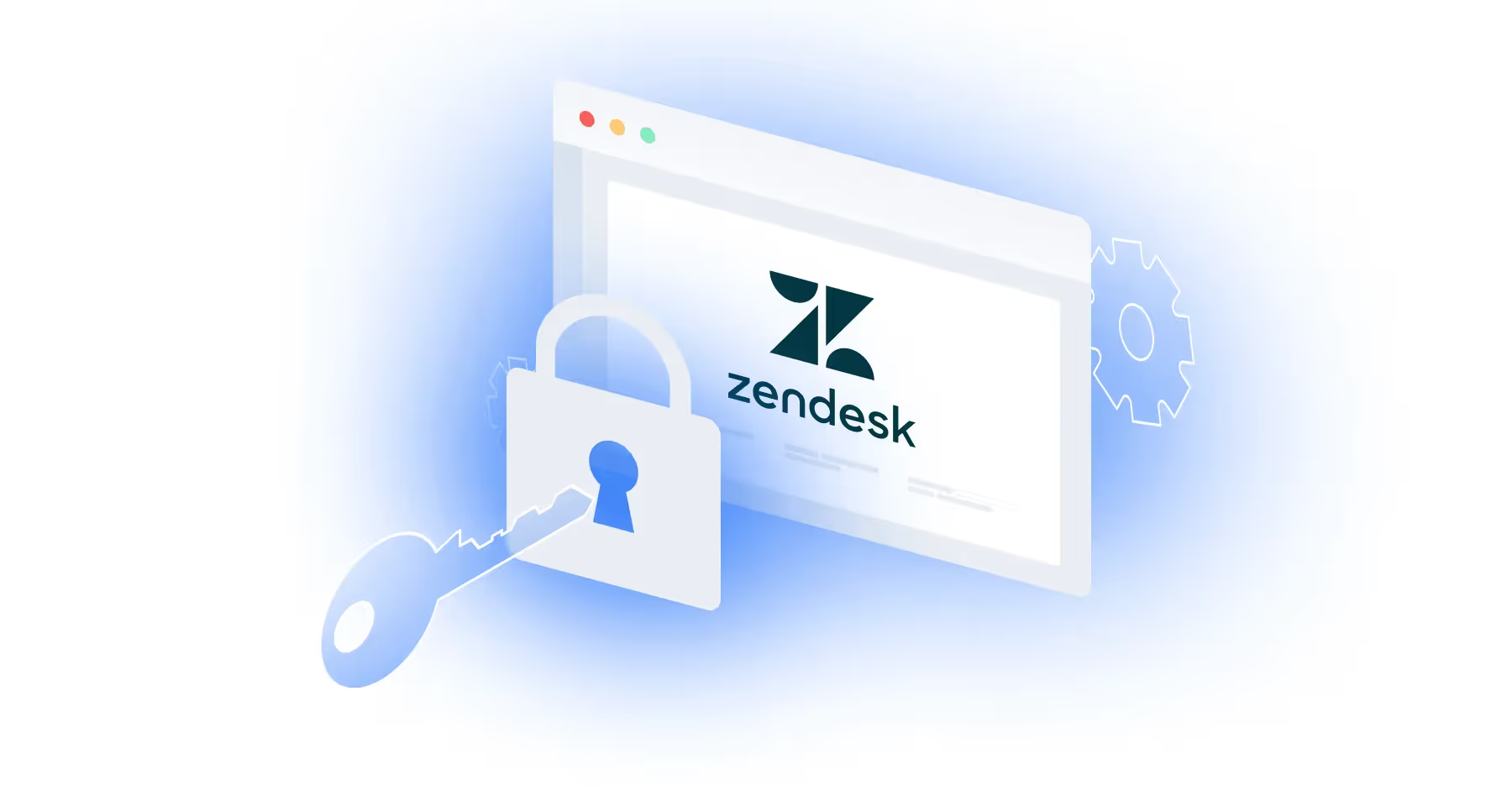
Zendesk offers ticketing, live chat, phone support, and knowledge base tools in one platform. You can route customer inquiries to the right team member based on issue type, language, or priority level. The ticketing system tracks every conversation, so nothing falls through the cracks and customers don't have to repeat themselves.
You can also build a self-service knowledge base with FAQs, how-to guides, and troubleshooting articles. This cuts down ticket volume because customers find answers on their own instead of contacting support. Zendesk integrates with Shopify to pull order data and automate responses like "Your order shipped" or "Refund processed." If you're scaling and need a full support infrastructure, Zendesk has everything you need.
Conclusion
AI customer support e-commerce tools cut response times, reduce ticket volume, and free up your team to handle complex issues. Chatbots and email automation run 24/7 without breaks, and support platforms centralize all customer conversations in one place. You don't need to hire more agents to scale if you automate the repetitive tasks first. Start with one or two workflows, test them, and expand from there. The tools pay for themselves within months if you're spending hours on manual responses right now.
AI Customer Support E-Commerce FAQs
What is AI customer support e-commerce and how does it work?
AI customer support e-commerce uses chatbots, automated workflows, and ticketing systems to handle customer inquiries without manual intervention. Chatbots answer common questions like order status and return policies, while email automation sends triggered messages based on customer actions. Support platforms route tickets to the right team members and pull order data automatically so agents don't waste time searching. AI analyzes customer intent and sentiment to prioritize urgent issues and escalate complex cases to human agents when needed.
How much does AI customer support e-commerce cost for small businesses?
Basic chatbot subscriptions start at $30-$150 per month for small businesses handling FAQs and lead capture. Mid-tier AI platforms with natural language processing and CRM integration cost $800-$1,500 monthly. Custom builds range from $2,000-$10,000 for one-time development costs. Email automation tools often bundle with e-commerce platforms at $50-$300 per month. You can start small with free chatbot trials and scale up once you see ROI through reduced support costs and faster response times.
Can AI customer support e-commerce replace human agents completely?
No, AI handles repetitive tasks like order tracking, password resets, and basic product questions, but human agents are still needed for complex issues, complaints, and relationship-building. The goal is to automate 60-70% of simple inquiries so agents can spend time on high-value interactions that require empathy and problem-solving. AI works best when it escalates complicated cases to humans with full conversation context, so customers don't repeat themselves. You should design automation with clear handoff points to live support.
What ROI can I expect from AI customer support e-commerce tools?
Businesses using AI customer support see 25-30% reductions in support costs within the first year. Chatbots reduce per-interaction costs by handling thousands of conversations simultaneously without additional labor. Automated email workflows recover 5-15% of abandoned carts, directly increasing revenue. First response times drop from hours to seconds, improving customer satisfaction scores by 20-40%. You'll also reduce ticket volume by 30-50% when customers self-serve through chatbots and knowledge bases instead of contacting support.
How long does it take to implement AI customer support e-commerce?
Basic chatbot setup on platforms takes 1-3 days if you use pre-built templates and integrations. Custom AI chatbot development with advanced features needs 4-8 weeks for design, training, and testing. Email automation workflows take 2-5 days to build and test depending on complexity. Full support platform implementations with ticketing, CRM integration, and team training require 2-4 weeks. Start with one channel like live chat or email, then expand to SMS and social media once the first automation runs smoothly.
Which AI customer support e-commerce features matter most for dropshipping?
Order tracking automation is critical since dropshippers rely on third-party fulfillment. Your chatbot should pull real-time tracking data and send proactive shipping updates to reduce "where's my order" tickets. Abandoned cart recovery workflows increase conversions when customers hesitate on purchases. Multi-channel support across email, chat, and social media centralizes all inquiries so nothing gets missed. Custom branding features let you maintain your brand identity even when suppliers handle shipping. Automated refund and return workflows save time on common post-purchase requests.


















